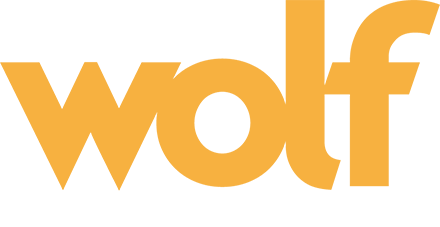2015 was a brilliant year, wasn’t it? Especially for brands using experiential and social media to engage their audiences.
In the last year alone, people have really started to see the benefit of social media. With over 1.8 billion people in the world owning an active social media account, it’s never been easier for brands to reach its target audience. Whether it’s to promote an event or service, comment on something happening in the world, or even customer service, more and and more brands are taking to social media. In fact, Christmas 2015 might have been the most experiential yet! Other great things we saw last year include: Red Bull gaining extra exposure despite the night tubes failing, Uber offering Mad Max-driven rides, and Kerrygold making a giant cake for commuters.
In order to combat the January blues, we’re here to get you excited. Here’s what we think you’ll be seeing a lot more of this year.
Smaller data is in
Think images. Think video. Think hashtags. Think Twitter. Twitter’s thriving popularity is a prime example of the rise of smaller data, especially as other platforms are consistently trying to replicate. Coco-Cola also made the most out of Twitter’s Tailored Audiences by creating personalised tweets using consumers first name for their Share-a-Coke campaign, which increased sales.
Live broadcasting is the future
With streaming apps such as Snapchat and Periscope on the rise, 2015 was a big year for real-time media. With different social platforms making strides towards accommodating more real-time data, the passionate consumer is the new influencer. Twitter recently added a tab dedicated just to real-time media, allowing consumers to become content curators. Just this week, nearly 20,000 people tuned in to a live-stream of people in Newcastle trying to navigate a puddle! The hashtag #puddlewatch was born.
Video & GIFs are driving forces of engagement
More and more brands are starting to embrace tongue-in-cheek trends such as GIFable content. Since they were first introduced back in June 2015, companies, brands and even television channels are not only utilising but nailing the art of the GIF by building branded content. A good example of this is when Comedy Central had to deal with disgruntled fans after the #FriendsFest ticket fiasco. The channel did an excellent job keeping fans engaged during the run-up to #FriendsFest tickets and even tried to console them when they sold out through GIFs from the show.
Emojis keep growing and growing
Just like smaller data like videos and GIFable content, use of emojis are on the rise too. Brands have started using their social platforms as if they belong to anyone and it’s starting to pay off. Back in August, O2 launched their #WaggyTails campaign on Twitter. Using the hashtag, the network invited UK consumers to tweet for treats and garnered a total of 5,422 tweets and a reach of 54.8 million.
Since, many brands have fully immersed themselves into the world of emojis. In 2015, we saw Twitter’s first ever paid-for hashflag for none other than Coca-Cola. The hashflag was created in conjuction with their ongoing ‘Share a Coke’ campaign. With the aim to set a record for the World’s largest Twitter ‘Cheers!’, the hashtag was mentioned 170,500 times in one day. Coca-Cola also saw a significant increase in their click-through rates so it will be interesting to see what other brands jump on the hashflag/emoji wagon.
What do you think we’ll be seeing more of in 2016? Let us know on Twitter: @WolfBExp

